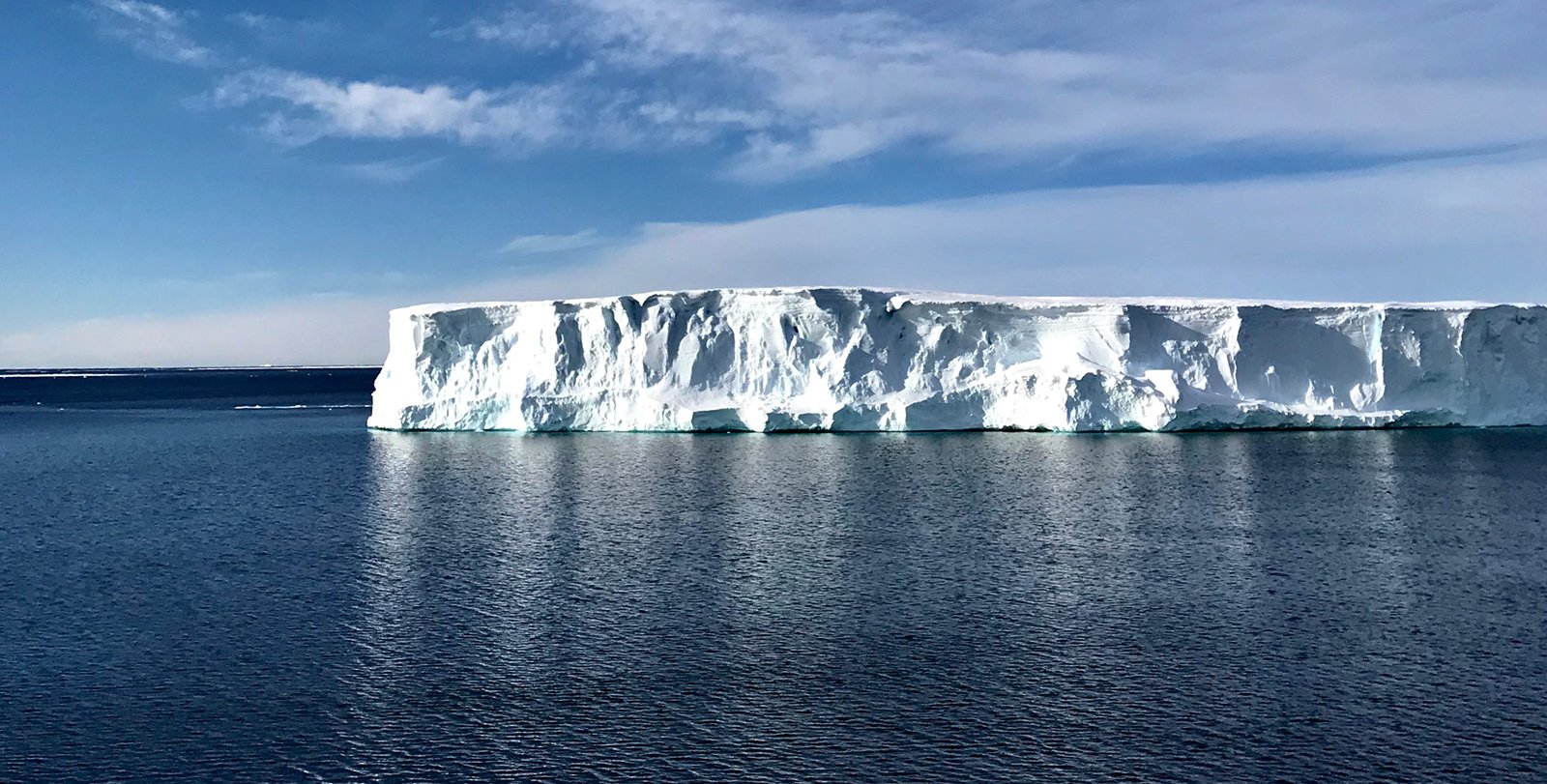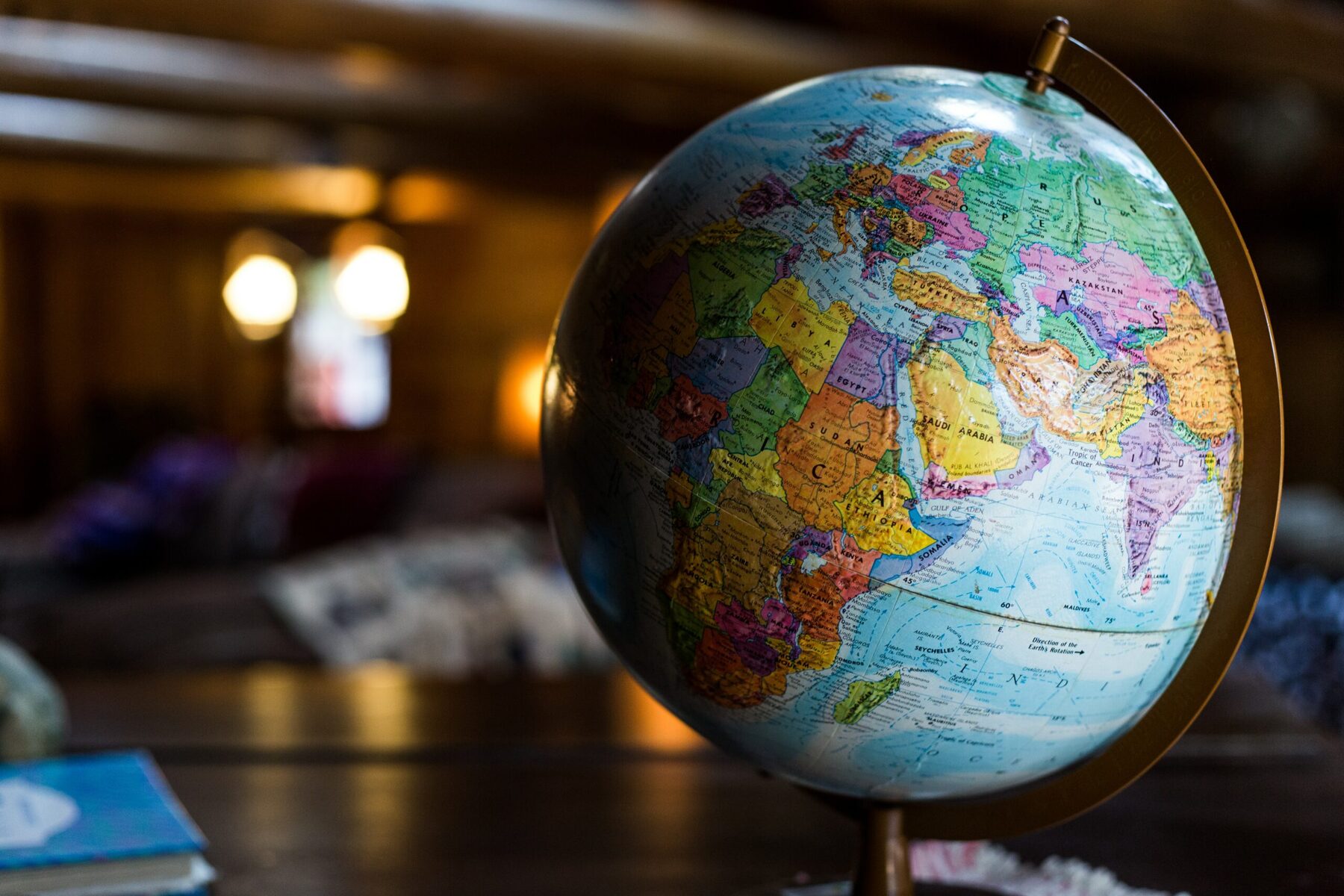
Ice shelves are magnificent barriers of ice that extend from the coastlines into the polar seas. These massive formations are not just frozen masses; they hold intriguing secrets and surprising facts that continue to captivate scientists and researchers worldwide. From their sheer size to their role in climate change, ice shelves play a vital role in the Earth’s ecosystem.
In this article, we will explore nine surprising facts about ice shelves that will leave you amazed and inspired. Whether you’re a geography enthusiast, a climate change advocate, or simply curious about the wonders of our planet, these facts will shed light on the importance of these icy giants and the impact they have on the environment.
Key Takeaways:
- Ice shelves are massive platforms of ice found in Antarctica, constantly changing and home to unique ecosystems. They play a crucial role in regulating the flow of ice into the ocean and contribute to global sea-level rise.
- Ice shelves act as barriers and buffers, slowing down the movement of glaciers and ice sheets. They can collapse and create icebergs, impacting global sea levels and posing hazards to ships in polar regions.
Ice shelves are massive
Ice shelves are enormous ice platforms that form where glaciers or ice sheets flow down to the ocean surface. They can be thousands of square kilometers in size and can reach staggering thicknesses of several hundred meters.
Ice shelves are found in Antarctica
The majority of ice shelves are located around Antarctica, the southernmost continent on Earth. Antarctica’s extreme cold temperatures and vast ice sheets create the perfect conditions for the formation of these massive ice shelves.
Ice shelves are constantly changing
Due to their contact with the ocean, ice shelves are susceptible to melting and calving. The edges of the ice shelves can melt or break off, causing the overall size and shape of the shelf to change over time.
Ice shelves are home to unique ecosystems
Despite the harsh conditions, ice shelves support a variety of life forms. Algae and small invertebrates can be found on the underside of the shelves, while birds and marine mammals often use the shelves as resting and breeding grounds.
Ice shelves play a role in global sea-level rise
As ice shelves melt or calve, they contribute to the rise in global sea levels. When ice shelves detach from glaciers or ice sheets, this allows the land-based ice to flow more rapidly into the ocean, causing sea levels to rise.
Ice shelves can act as barriers
Ice shelves can act as barriers, preventing glaciers and ice sheets from flowing directly into the ocean. They effectively slow down the rate at which ice moves, regulating the overall discharge of ice into the ocean.
Ice shelves can collapse
Although they are massive and resilient, ice shelves can collapse under certain conditions. Rising air and ocean temperatures, along with increased melting, can weaken the structural integrity of the shelves, leading to catastrophic failures.
Ice shelves can create icebergs
When chunks of ice break off from the edge of an ice shelf, they float away in the ocean as icebergs. These icebergs can be massive in size and present hazards to ships traveling in polar regions.
Ice shelves act as a buffer
Ice shelves act as a buffer for glaciers and ice sheets, slowing their flow and preventing rapid ice discharge. They play a crucial role in maintaining the stability of the Antarctic ice sheet and its overall contribution to global sea levels.
Ice shelves are just one fascinating aspect of Earth's cryosphere, which encompasses all frozen water on our planet. Rising global temperatures due to climate change pose a significant threat to ice shelves and contribute to sea level rise worldwide. Delve deeper into the captivating world of ice and climate by exploring more intriguing facts about the cryosphere, the causes and effects of rising sea levels, and the latest discoveries in climate change research.
Was this page helpful?
Our commitment to delivering trustworthy and engaging content is at the heart of what we do. Each fact on our site is contributed by real users like you, bringing a wealth of diverse insights and information. To ensure the highest standards of accuracy and reliability, our dedicated editors meticulously review each submission. This process guarantees that the facts we share are not only fascinating but also credible. Trust in our commitment to quality and authenticity as you explore and learn with us.


